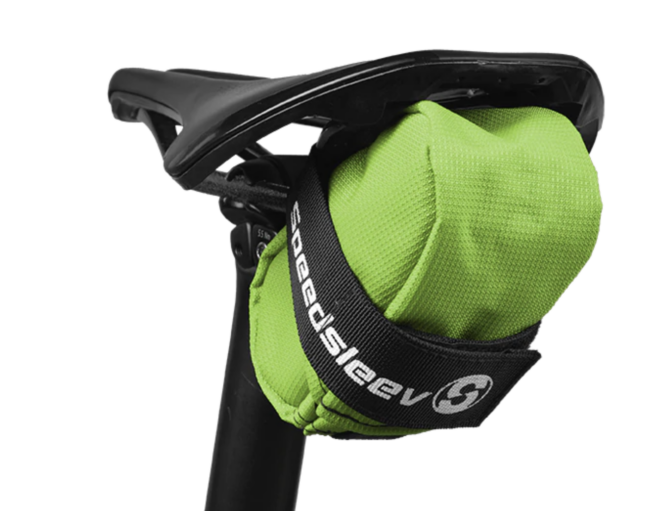
Keep Your Repair Kit and Emergency Snacks Handy With the Best Saddle Bags
From Bicycling.com
With so many different saddle bag options and styles on the market today, it can be overwhelming to pick the correct one for the type of riding you do. A road racer and commuter have very different needs when it comes to what to bring along on a ride, and as a result, will have different priorities when searching for a saddle bag.
Saddle bags are no longer the bulky, swaying eyesores they once were. Boa dials, compression straps, and waterproof fabrics elevate construction and performance so much so that not even the classic tool roll–style design and its decades-long dependability has remained immune. Today’s saddle bags are secure, durable, and some so minimal you’ll forget they are even there. You’ll no longer have an excuse for your riding partners when you forget to bring a repair kit for that roadside puncture.
What to Know About Saddle Bags
Saddle bags can be broken down into two main size categories: everyday carry and bikepacking. Smaller everyday bags often house basic tools to fix minor problems, such as punctures and loose bolts, out on the road or trail. Typically, you leave them attached to your bike in case of emergency. Larger bikepacking-style bags carry camping gear, clothes, and even food on overnight or multiday trips. In this review, I’ve curated a selection of smaller saddle bags that are geared toward quick weekday rides and all-day jaunts on the weekend. If you find yourself heading out on a bikepacking trip, or even just want to carry a bit more gear, head over to our best bikepacking bags article.
It’s important to know whether a saddle bag is waterproof. Some are made with water-resistant fabric, but unless it’s specifically stated, assume there is no weatherproofing. If you often ride in wet conditions or commute regularly, consider getting a waterproof bag that features burlier material and a water-tight closure. Your tools and gear inside will thank you.
Lastly, think about how the bag attaches to your bike. There are several attachment methods that manufacturers use now, including basic Velcro straps, cables secured with Boa dials, and more permanent bolt-on options. Be sure to not overlook this point, as a loose and saggy bag can become a huge annoyance out on the road.


